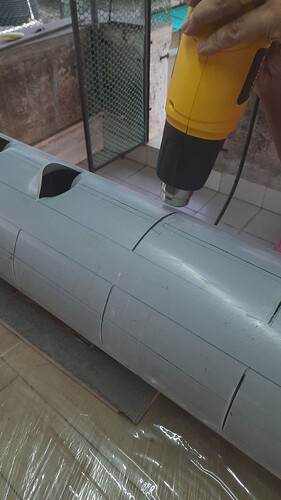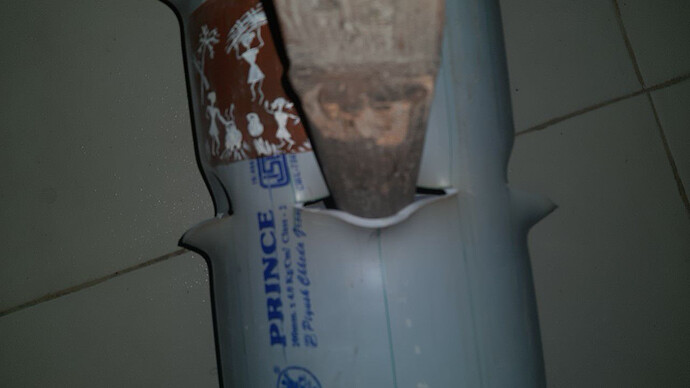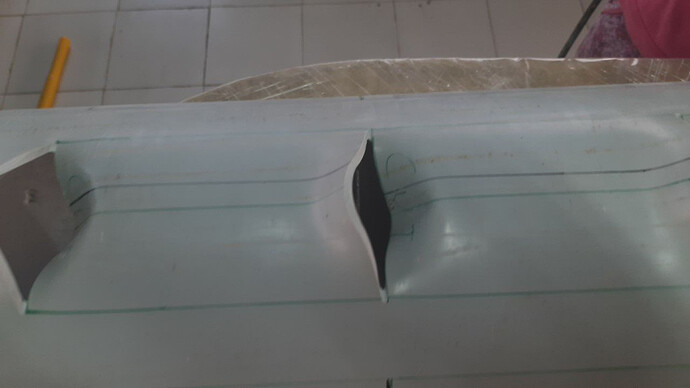Finally got around to setting up aeroponic towers on my terrace.
To hold 4 towers I needed a stand. I decided to build a mild steel stand, Which set off a chain reaction of creating a workshop to weld the stand. Which then required a table. Which has now imploded into creating several mechanical tools - posts to follow - which will also help in other projects. Interspersed with pandemic lock down woes…
Back to aeroponics:
Each tower is made of 20cm PVC pipe and has 5 columns of 8 holes for planting. In a base area of 314 cm^2 (0.348 ft^2), barely sufficient to grow one plant we can grow 40.
Slotted the tower with 8.5 cm slits spaced 15cm apart vertically and 12.5 cm around the circumference. Now heating the area around the slot to create the grow holes. The heat gun is a 2kw hot air gun running at low speed for 150 secs. This softens the pvc. Then insert a conical wooden peg of dia of 4cm ( circumference 13 cm). The wooden peg is actually the foot of an old settee.
Peg inserted into slot.
Grow hole view. Peg removed after the PVC has cooled.

Two more columns of holes on the rear to be done tomorrow.


